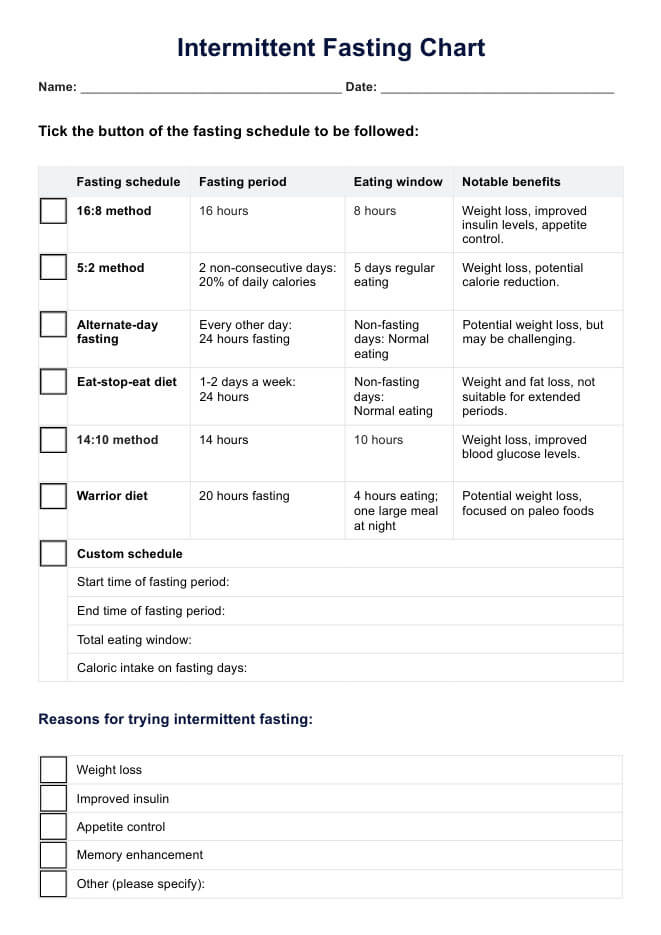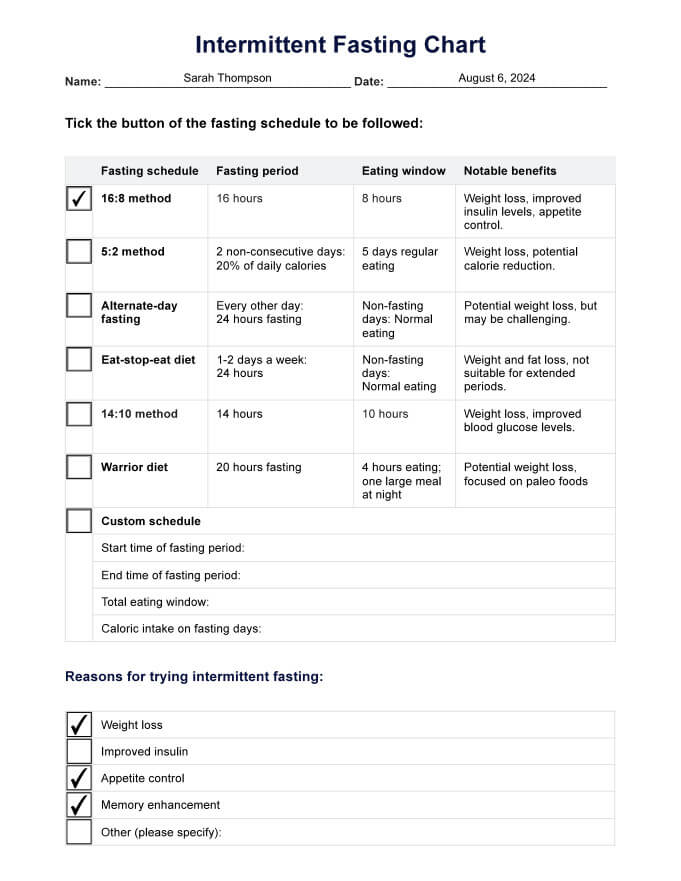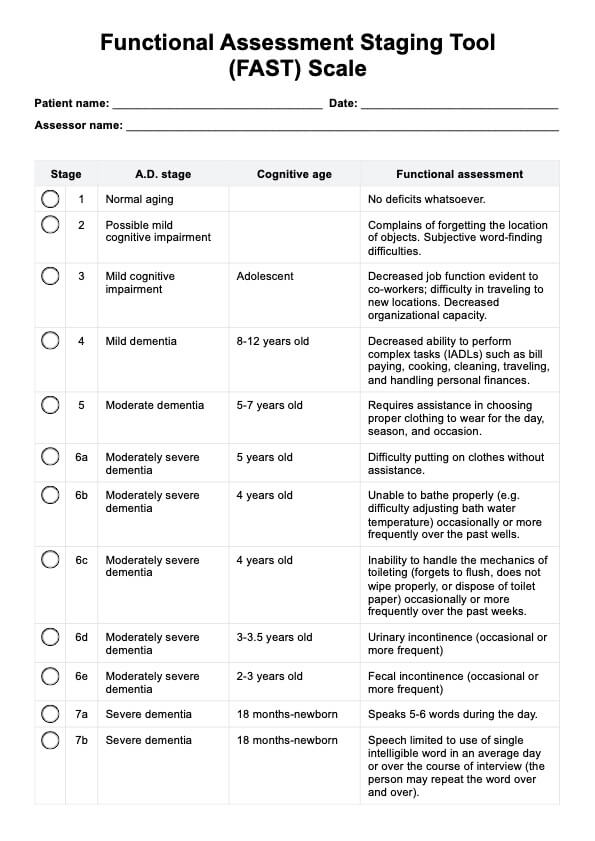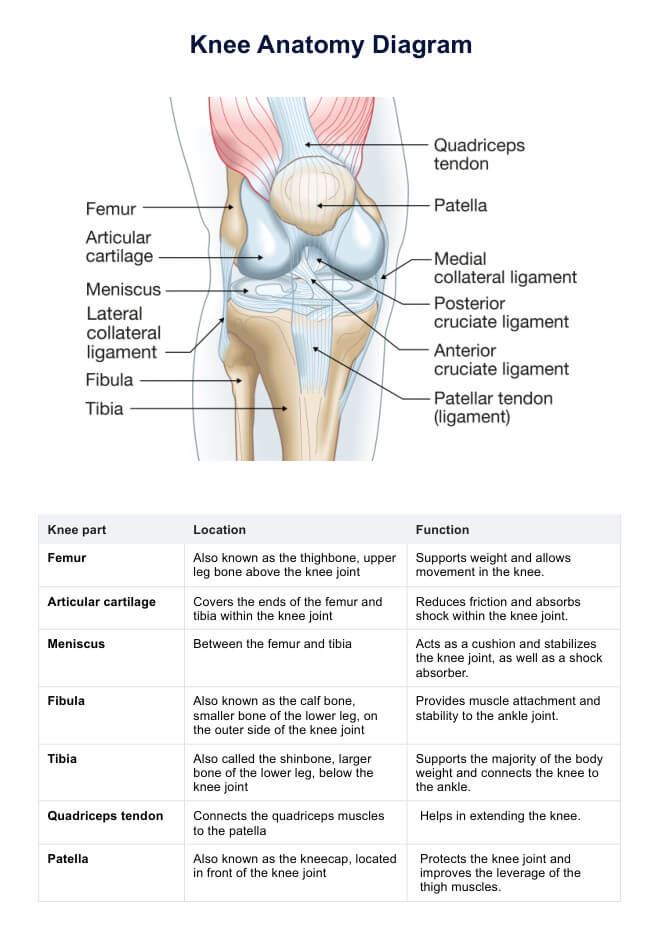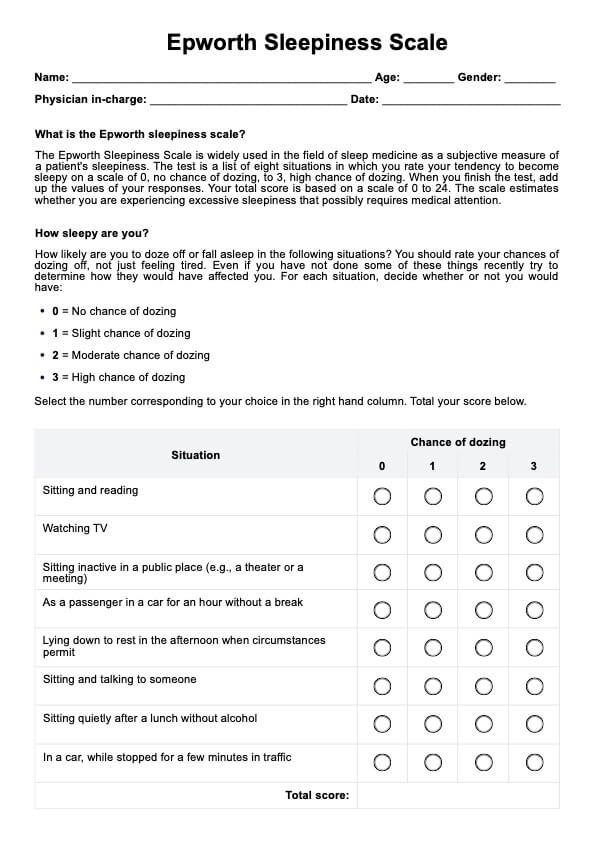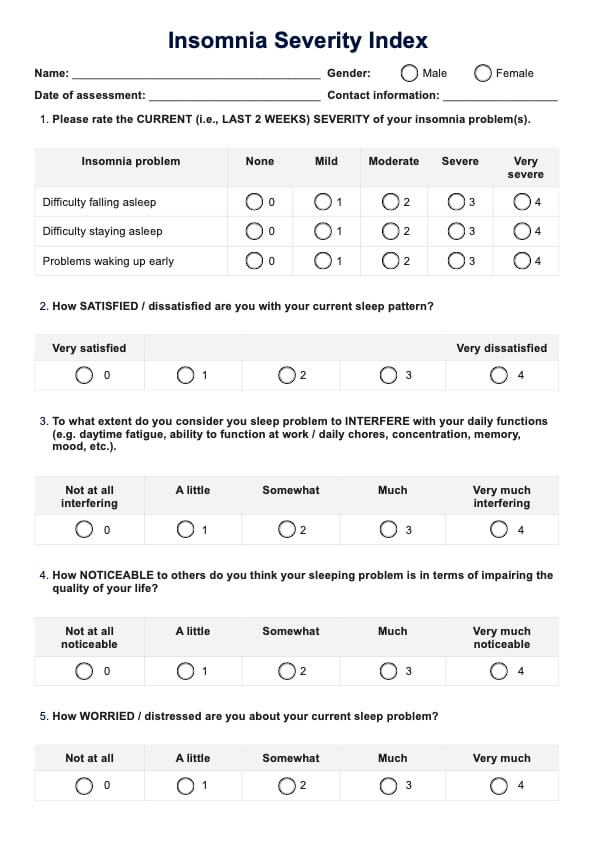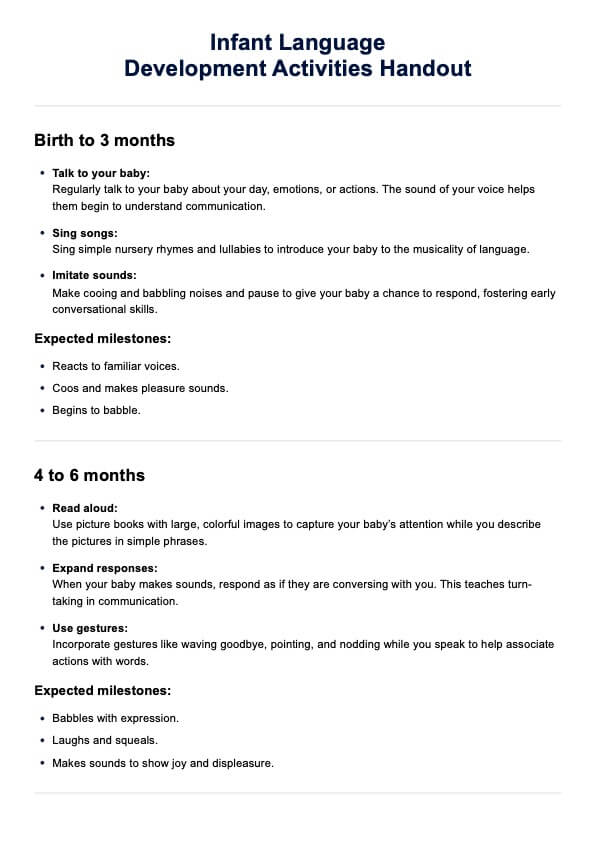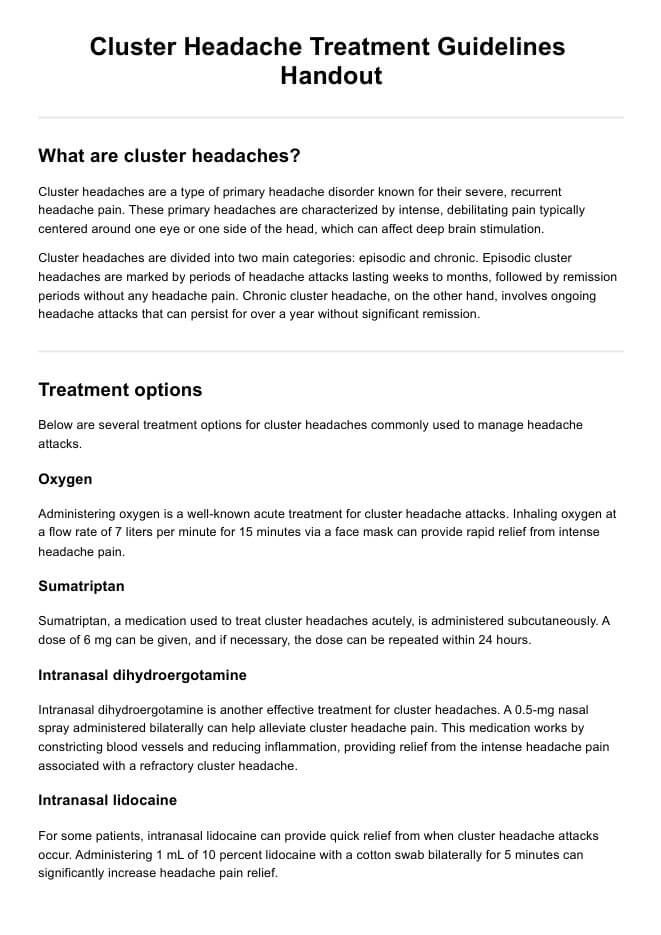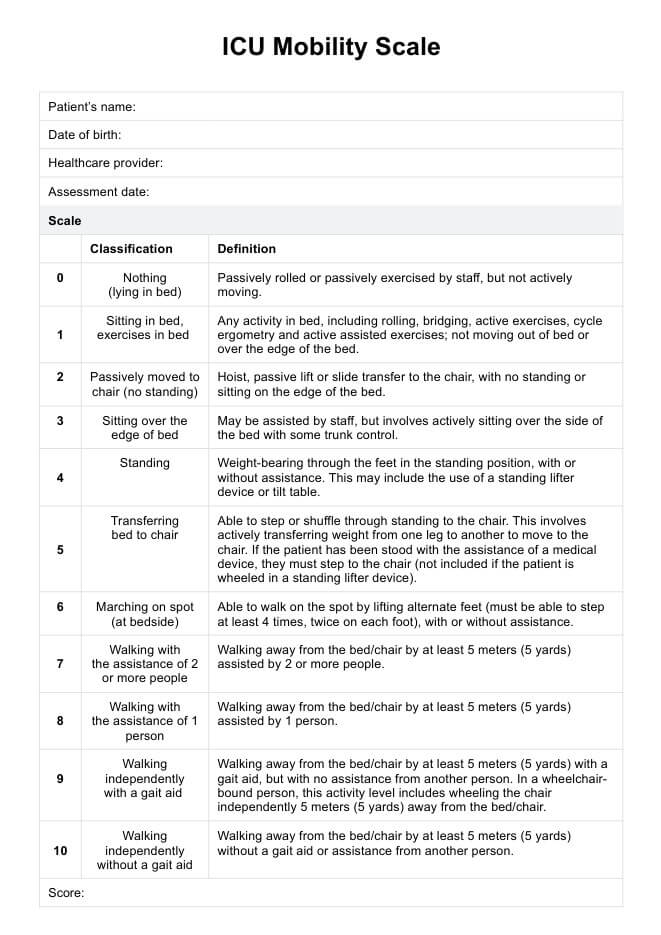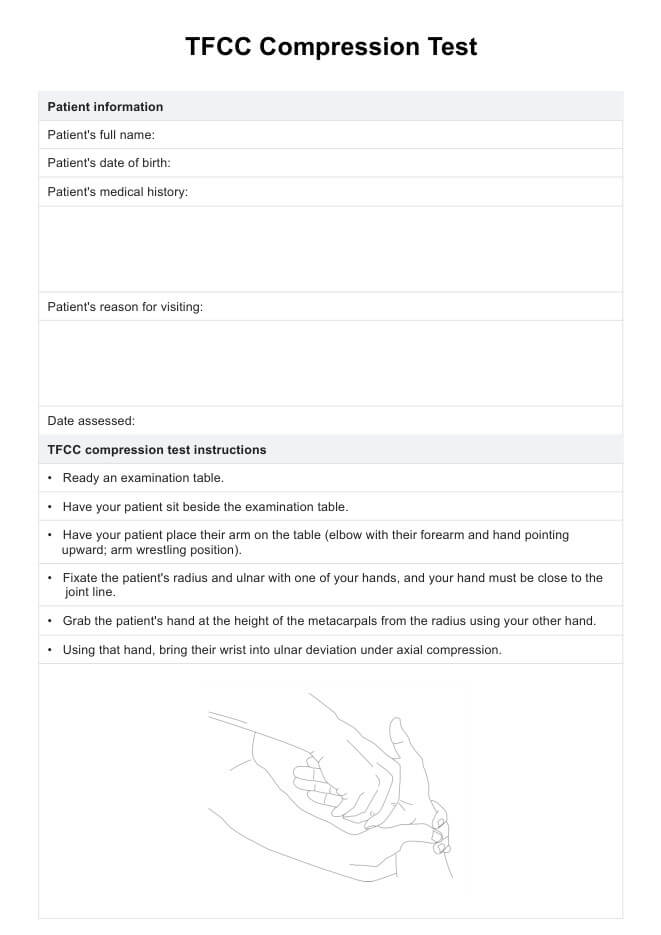Intermittent Fasting
Enhance your client's fasting routine with an Intermittent Fasting Chart. Monitor progress, set goals, and track fasting schedules efficiently.


What is intermittent fasting?
Intermittent fasting is a popular diet trend involving alternating eating and fasting periods. This eating pattern has been practiced for centuries as part of religious and cultural traditions, but it has gained attention in recent years for its potential health benefits.
Intermittent fasting has been shown to reverse diabetes, thyroid issues, high blood pressure, and high cholesterol, maintain a healthy weight, and may help treat and prevent cancer and neurodegenerative diseases (Tagde et al., 2021). Standard methods include the 16/8 method (16 hours fasting, 8 hours eating) or the 5:2 method (regularly eating five days a week and significantly reducing calories for two non-consecutive days a week).
Intermittent fasting leverages the body's natural response to fasting periods to promote health benefits. When clients consume food, their bodies enter a fed state, utilizing energy from recently ingested meals. As clients enter the fasting window, typically 12 to 16 hours, their bodies shift into a fasted state. During this phase, the body turns to stored energy, initially burning glycogen and later transitioning to fat for fuel.
Intermittent Fasting Template
Intermittent Fasting Example
What is an Intermittent Fasting Chart?
An Intermittent Fasting Chart can help individuals and healthcare professionals effectively track and manage their intermittent fasting eating pattern. This chart typically consists of a table or form that allows users to record essential details related to their fasting schedule, eating window, calorie intake, and health goals.
The primary purpose of Intermittent Fasting Charts is to create a structured approach to intermittent fasting. It is a visual tool enabling users to precisely plan and monitor their fasting periods and eating hours. By filling in the chart regularly, individuals can ensure adherence to their chosen fasting regimen and track their progress over time.
How does it work?
This printable Intermittent Fasting Chart ensures organized tracking of fasting schedules and related goals, which involves eating patterns and fasting days a week. Clearly outlining fasting periods and meal times helps maintain consistency and discipline in intermittent fasting routines. Here are five steps to use it:
Step 1: Help your clients choose their fasting schedule
Assist your clients in selecting a fasting schedule that aligns with their health goals and daily routine. Provide options like the 16:8 time-restricted eating method, 5:2 method, alternate-day fasting, the eat-stop-eat diet, the 14:10 method, or the Warrior diet. Encourage clients to specify a custom schedule if they prefer.
Step 2: Guide your clients in defining their fasting timeframe
Support your clients in determining their fasting periods' start and end times. For instance, they may begin fasting at 8:00 PM and break their fast at noon the next day, resulting in a 16-hour fasting period. Stimulate clients to specify their chosen eating window, such as 8 hours.
Step 3: Assist clients in managing caloric intake on fasting days
Help clients identify their average daily calorie intake during fasting days. This may involve consuming no calories or limiting intake to a specific amount, depending on their chosen fasting schedule and dietary needs.
Step 4: Identify your clients' reasons for trying intermittent fasting
Inquire about the motivations driving your clients' intermittent fasting journey. This could include goals such as weight loss, improved insulin levels, appetite control, or memory enhancement. Encourage clients to specify their unique motivations if they differ from the provided options.
Step 5: Encourage additional notes and goal-setting
Encourage clients to use the "Additional notes or goals" section to jot down any extra details or objectives related to their intermittent fasting plan. This allows for a more personalized approach to fasting, tailored to each client's specific needs and preferences.
Who can use this chart?
The Intermittent Fasting Chart is helpful for various practitioners and individuals who wish to embark on a structured and effective fasting journey.
- Dietitians and nutritionists: They can use the chart to help clients manage weight and address specific health concerns through structured intermittent fasting.
- Healthcare professionals (doctors and nurses): They can recommend the chart to patients as a complementary approach for managing conditions such as obesity, insulin resistance, or prediabetes.
- Personal trainers and fitness coaches: They can assist clients in optimizing their workout and fasting schedules using the chart.
- Individuals new to intermittent fasting: It provides a straightforward means to select a fasting schedule, manage caloric intake, and set specific goals, ensuring alignment with personal objectives and health conditions.
- Individuals preferring a self-guided approach: The chart helps foster self-discipline and adherence to a fasting routine.
Tailor the schedule to fit the client's lifestyle and preferences. Emphasize the importance of focusing on nutrient-dense, balanced meals during their eating window to maximize the benefits of intermittent fasting.
Benefits of using the Intermittent Fasting Chart
The results obtained from using the Free Intermittent Fasting Chart can provide valuable insights into an individual's progress and adherence to their chosen fasting schedule. Common results can vary depending on the fasting regimen and personal goals.
- Weight loss: Following the 16:8 method often leads to weight loss due to the calorie deficit created by the fasting schedule, contributing to a gradual reduction in body weight.
- Improved insulin levels: Intermittent fasting can help regulate blood sugar levels, which is particularly beneficial for individuals with insulin resistance or prediabetes. It can also potentially improve overall metabolic health.
- Appetite control: Many individuals experience reduced hunger during fasting periods, which aids in overall calorie reduction and improved portion control and thus supports weight management goals.
- Memory enhancement: Though less common, intermittent fasting may lead to cognitive benefits such as enhanced focus and memory recall, potentially improving overall cognitive function.
Using a chart will help make it easy to manage and follow a client's intermittent fasting pattern. It will also help them from regressing into normal eating patterns, during which they might regain all the weight they have lost.
Age-specific guidance for intermittent fasting
Undertaking intermittent fasting represents a transformative journey, necessitating a reliable guide. Intermittent fasting can look different for people of various age groups. The rationale behind age-specific guidance is grounded in the understanding that our physiological responses to fasting evolve with time. Indeed, the metabolic profile of a 25-year-old contrasts markedly with that of an individual in the seasoned years of their 60s.
The Intermittent Fasting by Age Chart serves precisely in this capacity — an indispensable navigational tool tailored to accommodate unique metabolic requirements across various life stages. Beyond mere scheduling, this chart assumes the role of a personalized fasting companion, meticulously considering the nuanced physiological intricacies associated with each passing year.
The Intermittent Fasting by Age Chart mitigates the difficulties in advising patients on intermittent fasting, ensuring age-appropriate and safe recommendations. Whether the aim is to steer young adults towards optimizing their health or to furnish sustainable health strategies for older demographics, this chart emerges as an indispensable and trusted ally.
Planning intermittent fasting meals
Diet plans are essential because they help people eat the right food in the right amounts to stay healthy. An Intermittent Fasting Diet Plan outlines the specific schedule and guidelines for intermittent fasting eating patterns, making it easier for individuals to follow and achieve their health goals. This free fasting plan includes meal ideas, snack options, and tips for staying hydrated during fasting. With this resource, you can guide your client in order to avoid disordered eating.
Remember, intermittent fasting schedules are not one-size-fits-all. They are adaptable and customizable to suit individual needs. Help your client tune into their body's natural rhythms to find the right intermittent fasting schedule for them.
Reference
Tagde, P., Tagde, S., Bhattacharya, T., Tagde, P., Akter, R., & Rahman, Md. H. (2021). Multifaceted effects of intermittent fasting in the treatment and prevention of diabetes, cancer, obesity, or other chronic diseases. Current Diabetes Reviews, 18. https://doi.org/10.2174/1573399818666211213103315
Commonly asked questions
Two of the most popular intermittent fasting schedules are the 16/8 method, which involves a daily 16-hour fasting window and an 8-hour eating window, and the 5:2 method, which alternates between five regular eating days and two non-consecutive low-calorie days. The best intermittent fasting schedule depends on your lifestyle and preferences.
Several factors determine weight loss, so the amount of weight you can lose in a month can vary significantly. Still, there have been reports of people losing about 4 pounds for the 16/8 method and even 5-6 pounds for alternate-day fasting.
There are several factors that could influence whether you lose weight or not, such as your caloric intake being too high, your food choices, excessive food intake during the eating window, lack of exercise, hydration, metabolism, hormonal balance, and genetics. It might help to impose a calorie restriction to ensure that you are not creating a calorie surplus during the eating window.


